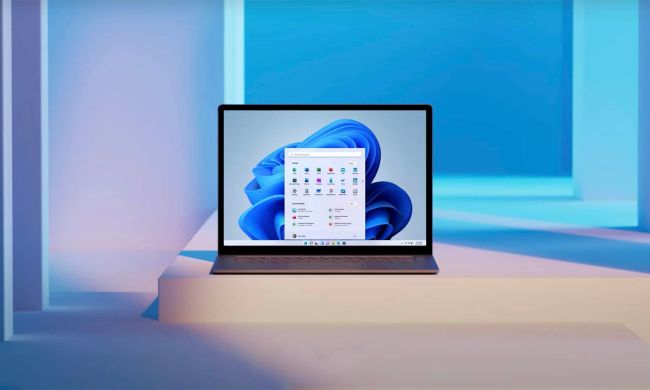
While Windows Holographic is best known for the HoloLens AR solution, Microsoft also announced a new set of MR and VR headsets at its Windows 10 Creators Update event in October. These new headsets will come from Windows original equipment manufacturers like Lenovo and Hewlett-Packard, and Microsoft is setting the stage by releasing a developer kit at the Game Developers Conference (GDC) in March, MSpoweruser reports.
The Windows Holographic headsets will provide a lower cost of entry into VR than systems like the Oculus Rift and HTC Vive, starting out at around $300 and requiring lower overall systems specifications. The headsets will also support MR, which includes the ability to map an environment and incorporate it along with VR elements.
By releasing a developer kit at GDC, Microsoft will give developers a chance to start working on UWP apps before the public gets its hands on the devices sometime after the release of the Windows 10 Creators Update. Along with its generally improved support for 3D, Creators Update is required to utilize the upcoming Windows Holographic headsets.
Microsoft provides a brief overview of what is coming at its Channel 9 video site. Windows Holographic will represent a much easier entry into the company’s MR vision, with a significantly lower investment in cost than HoloLens but with many of the same features. Getting developers on board early seems like an important first step because the availability of UWP apps utilizing MR concepts will make or break Windows Holographic in the market.

